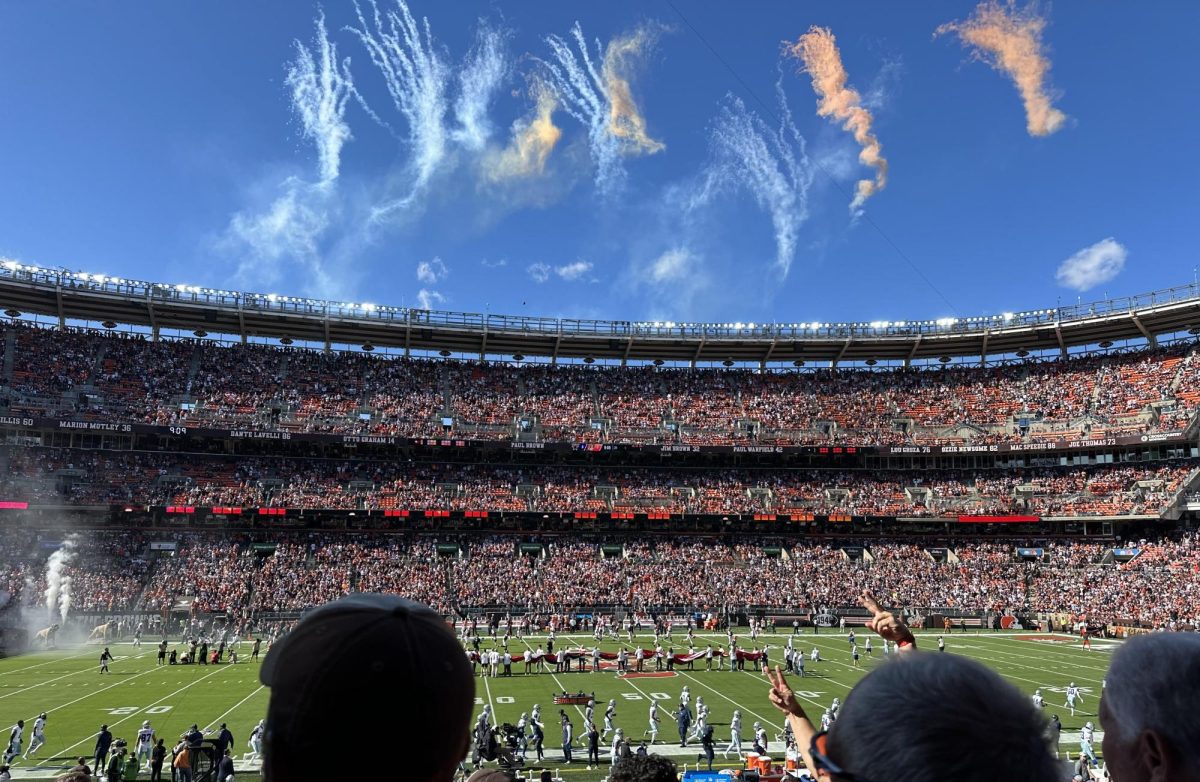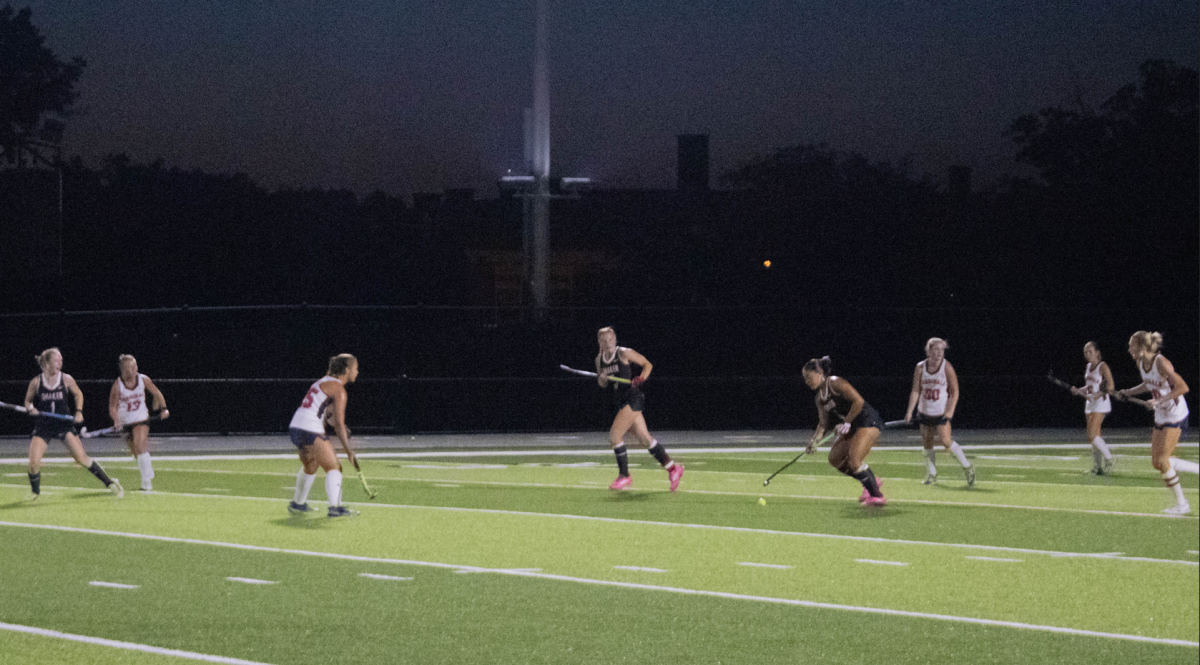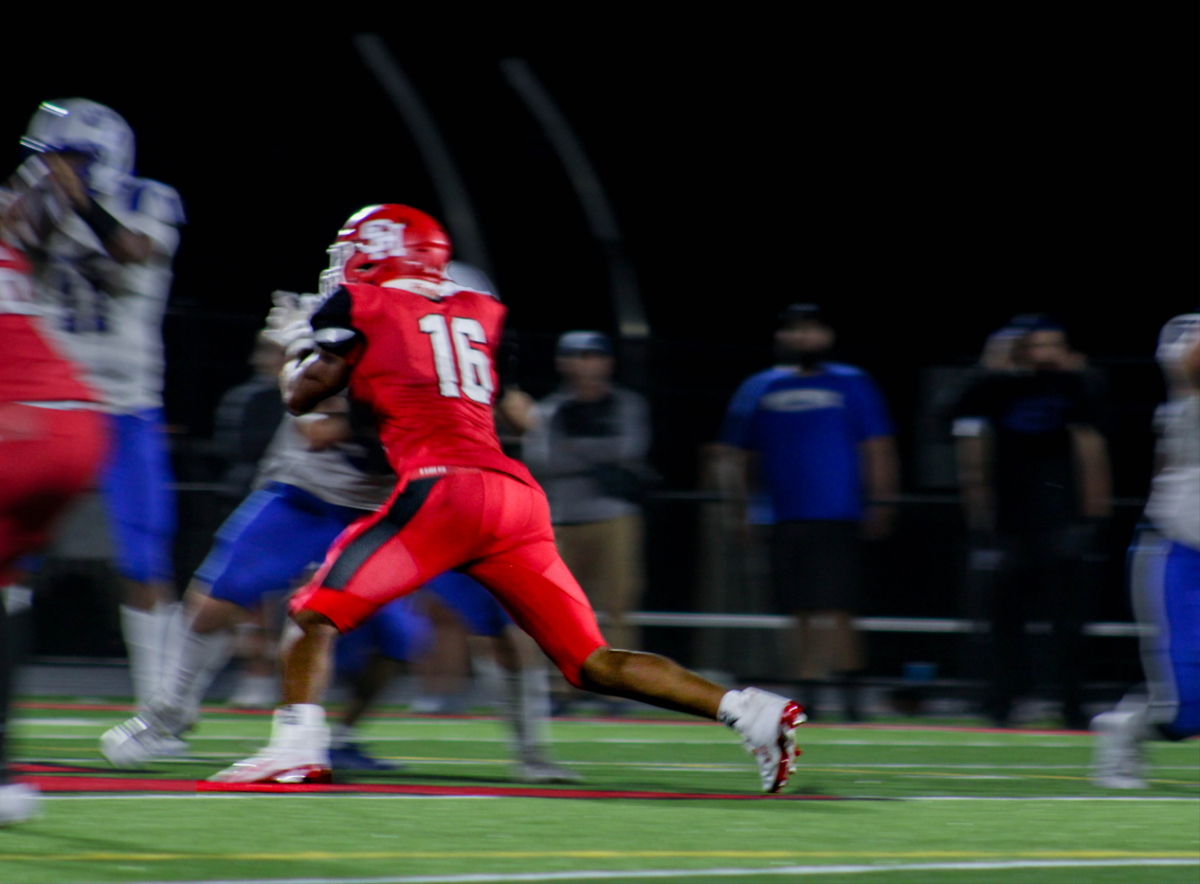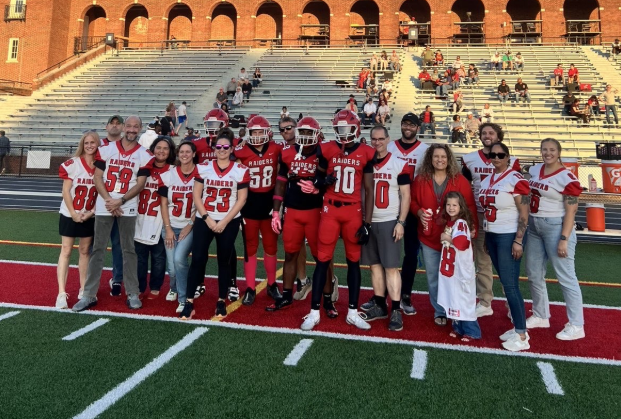Schools continue to negotiate shrinking budgets, and athletic programs continue to become targets for cuts, but Shaker’s baseball program isn’t taking that fact lying down.
For many high school athletic programs, the biggest challenge to overcome is the economic barriers that arise from equipment, league and/or uniform costs. Some schools, such as Brecksville’s baseball program, institute a pay-to-play policy, in which players must individually pay these fees and more in order to play. For Brecksville, these costs range $400-$500 per player.
“Pay-to-play is becoming a necessity in many districts,” said Shaker head baseball coach Mike Babinec. “Obviously, I would like to see this be avoided at schools because it tends to limit how many kids can participate and it affects how coaches select their teams.”
Fundraising has proven to be beneficial for many programs, but teams can only sell so many cookies and brownies to raise a minimal amount of money.
Babinec explored different financial options and he came upon an unconventional fundraiser. For the past three years, the baseball program has hosted mattress sales, sending its players to street corners with signs and mattress suits to advertise to the public.
“Selling mattresses is a far cry from the normal high school fundraiser,” senior baseball player Jacob Shick said. “It’s always a great way to bond with the team, and dancing by the street in mattress suits always brings a few laughs.”
This method may be unusual; however, it has proven extremely beneficial for the program. In its second annual mattress sale in 2012, the team sold 71 mattresses, resulting in a $7000 check for the program. That check now sits in left-center field as a brand new, nine-inning digital scoreboard.
This year the team sold 62 mattresses and plans to use the money to further develop the baseball facilities.
“It’s a great team-building event,” Babinec said. “The boys need to work together for a common purpose. It’s a lot of fun to see the kids dancing and wearing mattress suits and trying to help the program.”
A version of this article appeared in print on 8 May 2013, on page 10 of The Shakerrite






